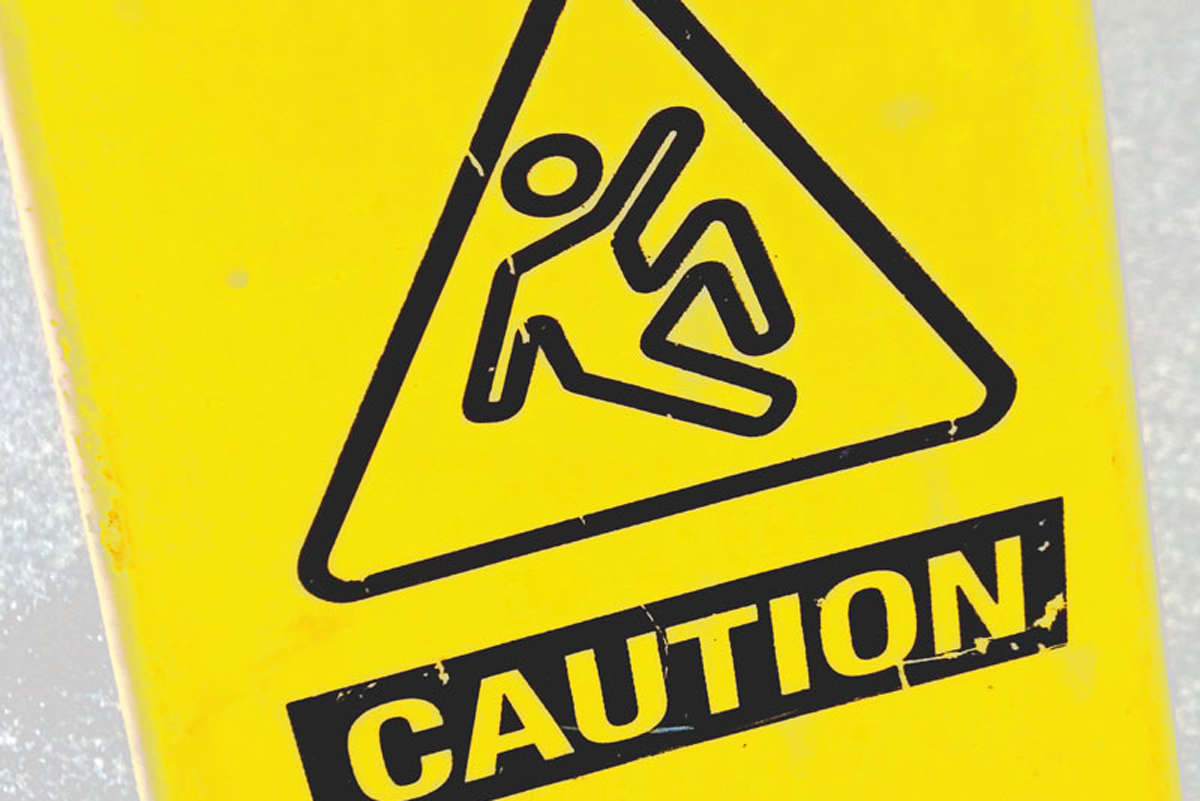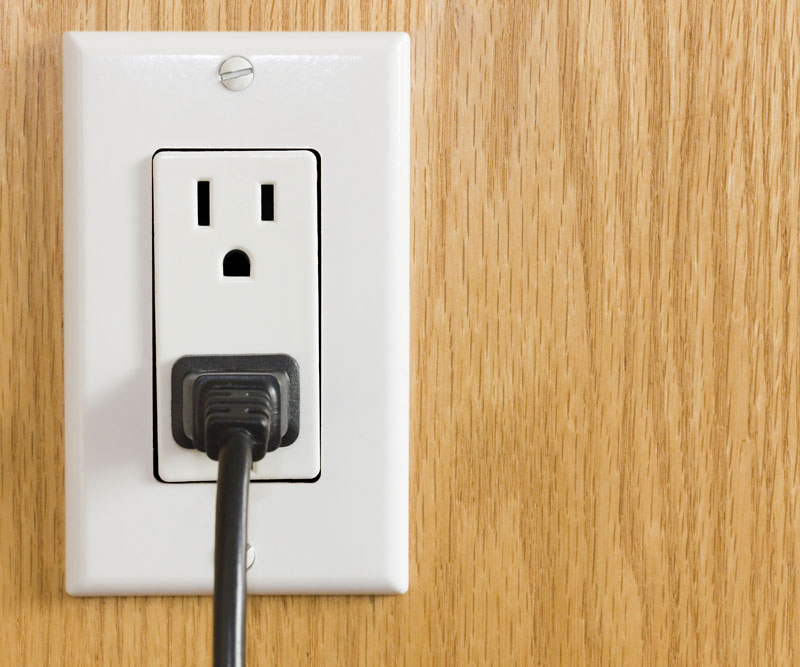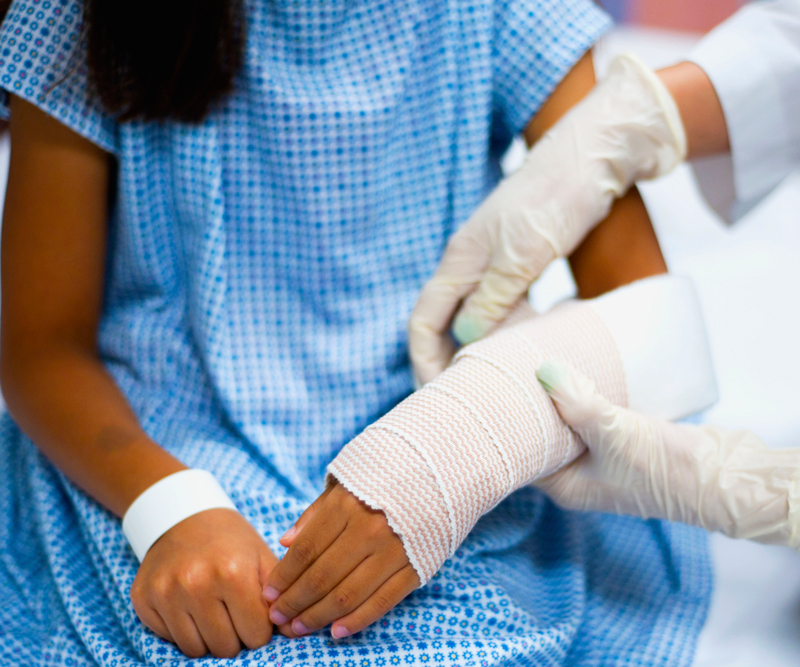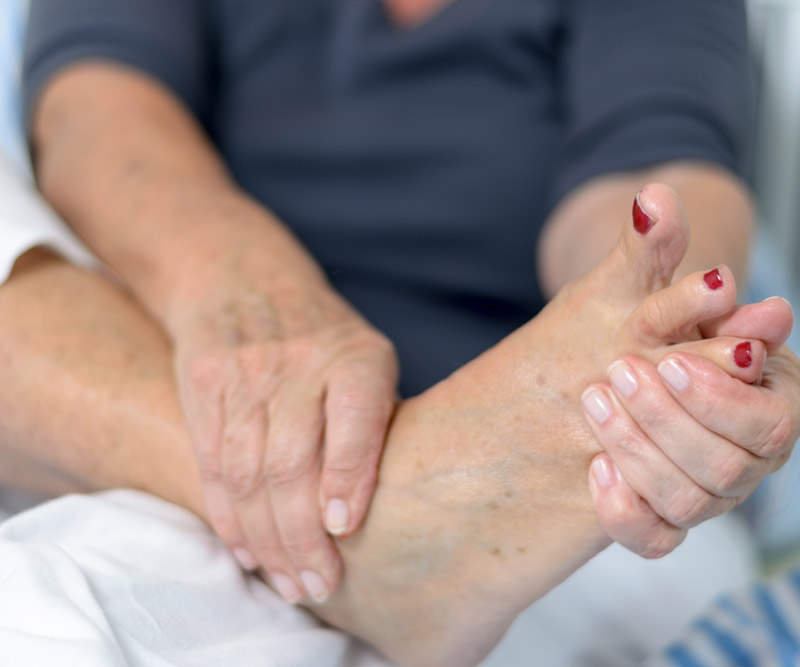
Take Steps to Reduce Your Fall Risk
Whether you call it a trip, a stumble or a spill, taking a fall is more serious than most people think.
Falls can cause serious injury at any age; in fact, they are one of the leading causes of injury in people ages 65 and older.
In Hawaii, fall-related hospitalizations among older adults are 188 percent higher annually than hospitalizations due to motor vehicle occupant injuries for all ages combined. That averages to 1,990 hospitalizations and more than 5,700 emergency department visits to Hawaii hospitals each year due to falls alone.
While there are multiple reasons a person may suffer a fall, experts agree that a majority can be prevented.
The Hawaii Statewide Falls Prevention Consortium has targeted four evidence-based interventions that the Centers for Disease Control and Prevention (CDC) has identified as most likely to reduce falls.
They include:
- Regular medication checks.
- Regular vision checks.
- Appropriate physical activity.
- Home safety.
Stay one step ahead with these other helpful tips:
- Take proper care of yourself. Falls in older adults may be the result of aging, such as muscle weakness, delayed reflexes or vision and hearing loss.
- Build a strong foundation through a healthy diet and regular activity. Incorporate exercises that focus on strength, balance and flexibility, and practice these every day. Tai chi is one of the biggest evidence-based exercises that helps reduce fall risk. Remember to get the go-ahead from your primary care physician before beginning any new exercise routine.
- Drink plenty of water throughout the day to prevent dehydration, which can cause weakness or dizziness.
- Call your doctor if you are dizzy and lose your balance often. You may have a health issue that needs treatment, such as a blood pressure or inner ear problem. Or you may be having a side effect from medication or combination of medications that you take. Experts report that the incidence of falls increases when people take more than four medications at a time. Many sleep aids that seniors take put them at higher risk for falls, as well.
- Talk with your doctor about having a bone density test if you’re older than age 50 and a recent fall resulted in a fracture or broken bone. This may be a sign of osteoporosis.
- Create a safe space. It may be home sweet home, but hazards can be found in nearly every room of the house – about 85 percent of falls occur in the home.
- Remove boxes, electrical cords, phone cords and other clutter from walkways. Clear high-traffic areas from obstacles such as coffee tables, magazine racks and plant stands.
- Repair loose flooring and carpeting immediately. Make sure area rugs are secured with double-sided tape or a slip-resistant backing.
- Use nonslip mats in your bathtub and shower, or apply slip-resistant adhesives. Install grab handles and a shower chair or bath bench, if necessary.
- Clean up spilled liquids, grease or food right away.
- Keep your home, especially your bedroom, bathroom and hallways, brightly lit to avoid tripping over hard-to-see objects. Make a clear path to light switches, and don’t be afraid to use night-lights.
- Have flashlights handy in case of power outages. Check the batteries often to make sure they still work.
- Dress for success. The right accessories go a long way toward protecting your well-being.
- Wear properly fitting shoes with nonskid soles. Make sure your footwear is sturdy; high heels, slippers and shoes with slick soles can lead to a tumble.
- Use assistive devices to your advantage. If your doctor recommends using a cane or walker, make sure it is fitted to you and that you replace the rubber tip when it becomes worn.
- Keep your hands free by using a backpack, cross-body bag or fanny pack.
- Use single-prescription eyeglasses. It can be difficult to judge distances with bifocal or trifocal glasses, especially when you step off curbs or climb stairs.
Remember, falls can occur at any age and for a myriad of reasons – from a serious health problem to simple clumsiness.
And while you can never predict when a fall will happen, you can lessen their likelihood through proper prevention efforts.
Published on: April 11, 2015




